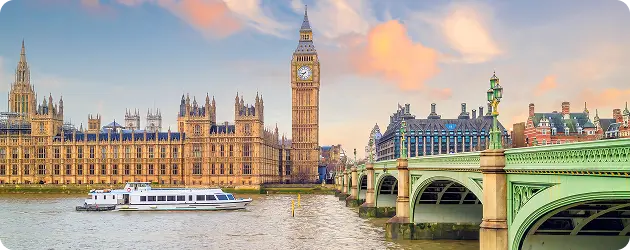Agentic systems aren’t built on clever prompts. They’re built on structured reasoning. And at the center of that structure? Chain-of-thought prompting.
This technique, where an LLM is instructed to reason step by step, unlocks capabilities that flat prompting can’t reach. It’s already the backbone of advanced agentic architectures. Now, with new benchmarks, design patterns, and real-world results, Chain-of-Thought (CoT) has become a strategic lever — one that separates automation from intelligence.
Let’s walk through the state of CoT prompting today: where it performs best, how it’s evolving, and how top teams are building with it.









 15 mins
15 mins











 Talk to Our
Consultants
Talk to Our
Consultants Chat with
Our Experts
Chat with
Our Experts Write us
an Email
Write us
an Email





